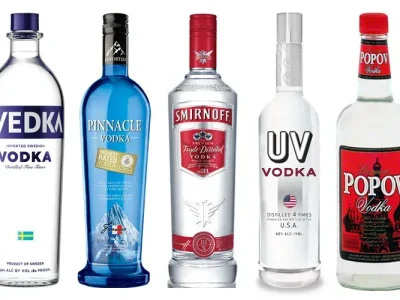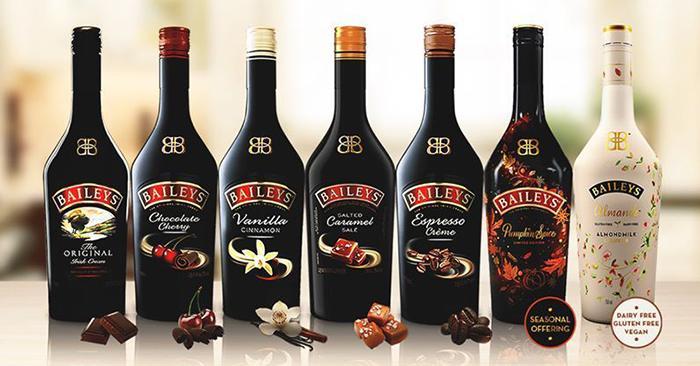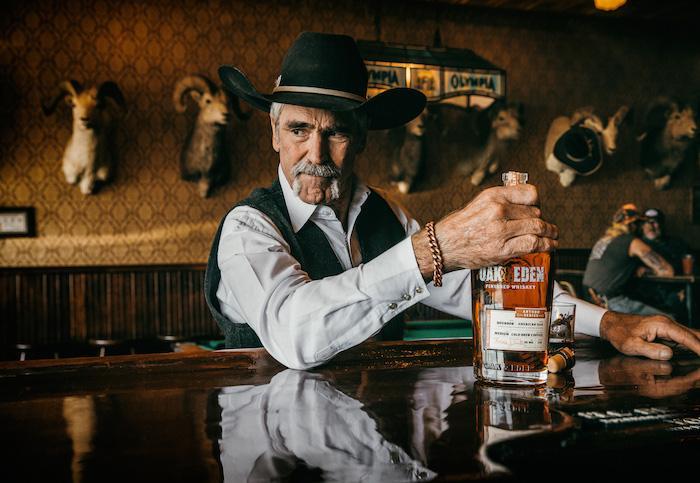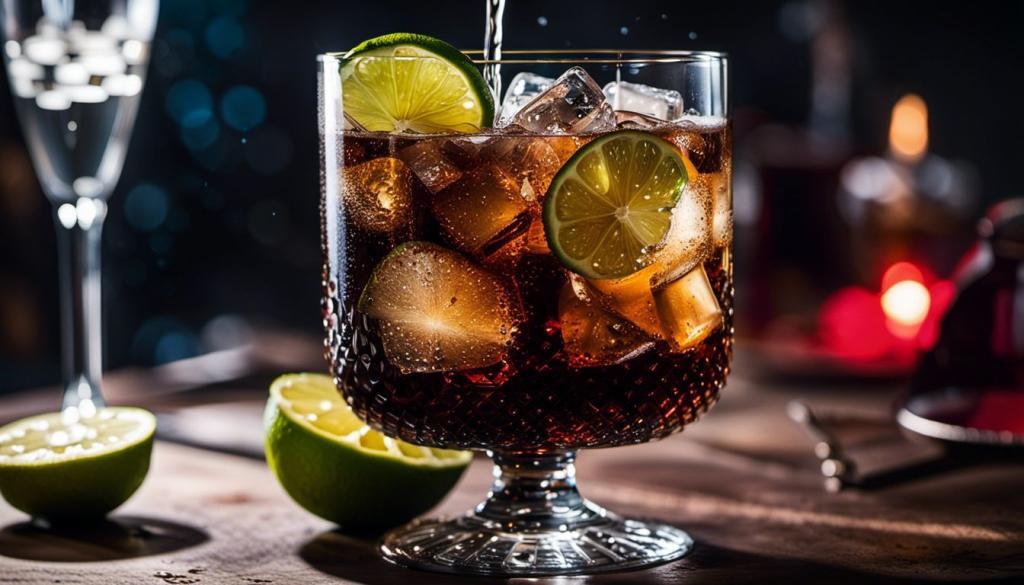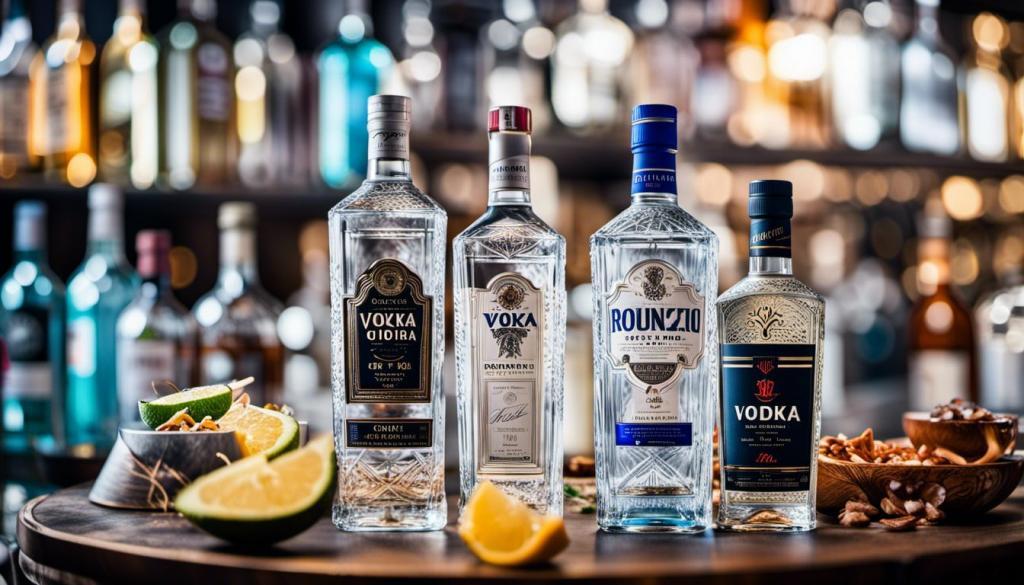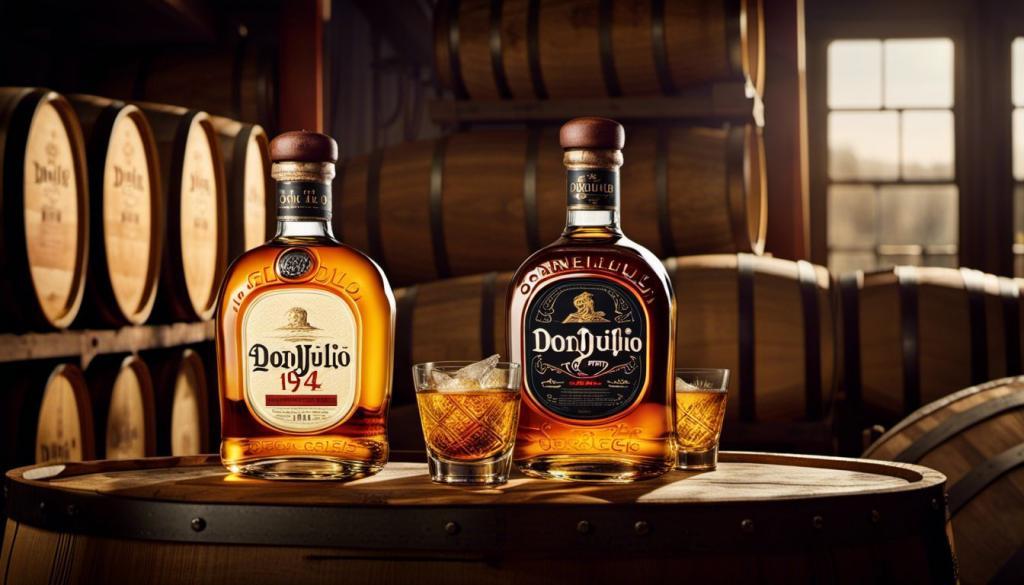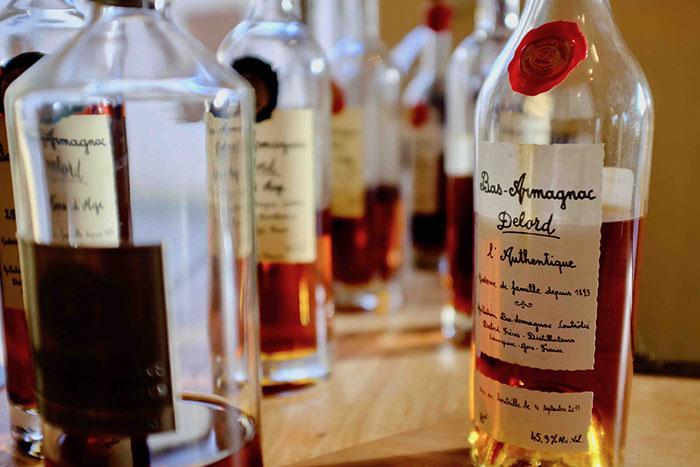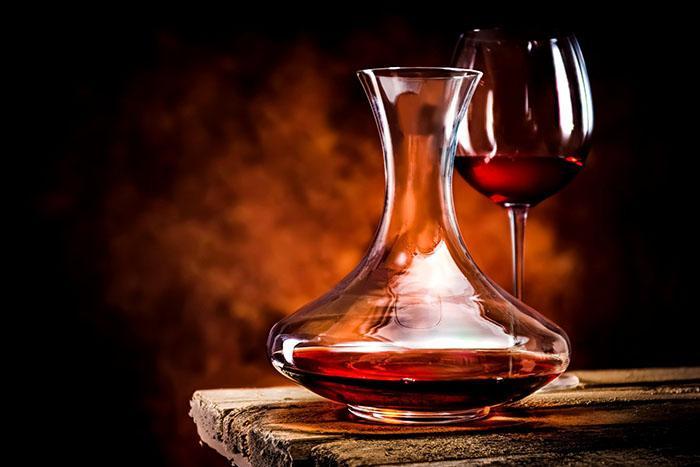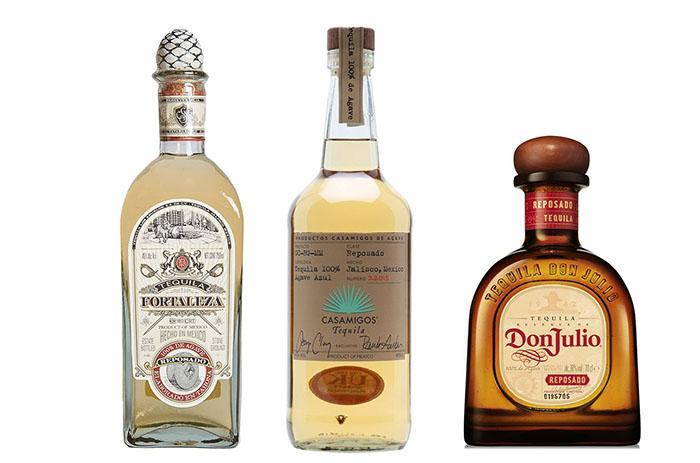Ever wondered how bartenders never seem to miss the mark when it comes to mixing your favorite drinks? That’s because they use a tool called a jigger, which has standard pour measurements.
This post will guide you through understanding the standard pours on a jigger and mastering this essential bartending skill yourself.
You Are Watching: What Are The Standard Pours On A Jigger Updated 12/2025
Get ready; it’s time to elevate your cocktail game!
Understanding the Standard Pours on a Jigger
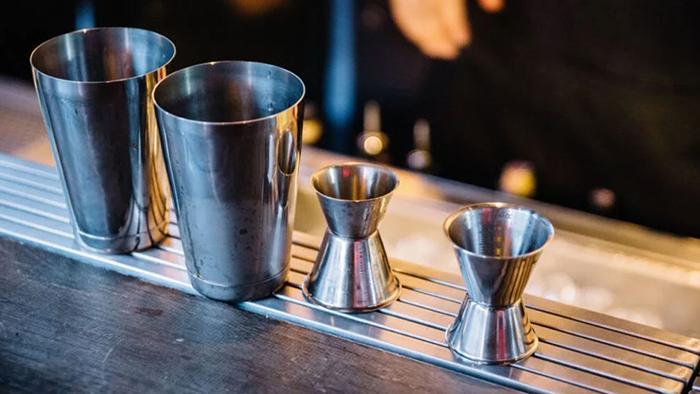
The purpose of a jigger in bartending is to provide precise measurements for accurate pouring. Standard measurements for jigger pours vary, with the most common size being 1.5 ounces on one side and 0.75 ounces on the other.
These measurements ensure consistency in cocktails and allow bartenders to create balanced drinks every time.
It’s worth noting that there may be differences in pours between countries, so it’s important for bartenders to familiarize themselves with local standards when working internationally.
The purpose of a jigger in bartending
In the world of bartending, precision and consistency reign supreme. The jigger serves as a vital instrument in achieving these elements when crafting cocktails.
Having origins that trace back to the 19th century, this hourglass-shaped tool efficiently measures out spirits to create balanced and flavorful drinks.
Offering two distinct sizes – typically 1.5 ounces on its large side and 0.75 ounces on its smaller side— it not only ensures accuracy but also maintains uniformity across each pour.
This function is critical in delivering a consistent taste experience for patrons, controlling liquor costs by preventing over-pouring, and following legal measurements standards set by alcohol regulation entities around the globe.
Standard measurements for jigger pours
The variety of jigger sizes and measurements can be baffling. Knowing the standard measurements for jigger pours can help ensure consistency in drink making.
Below is a table that lists down the standard measurements for jigger pours.
| Measurement | Amount in Ounces |
|---|---|
| Standard Jigger | 1.5 |
| Small Side of a Standard Jigger | 0.75 |
| Common Jigger | 1.5×0.75 or 2×1 |
| Double Pour | 3 (Equivalent to two standard 1.5-ounce liquor pours) |
| Jigger Shot | 1.5 (Commonly used in cocktail recipes) |
Ensuring the right measurement in jigger pours is key in the art of cocktail making. The jigger, with its different measurements, has made it possible for bartenders to pour spirits precisely.
Read More : Sour Mash Vs Bourbon Updated 12/2025
As a result, each cocktail they create has a consistent taste and quality.
Differences in pours between countries
Different countries have their own standards and regulations when it comes to pouring drinks with a jigger.
For example, in the United States, the standard pour for a shot is 1.5 ounces, while in some European countries, it can be as little as 1 ounce or even less.
Additionally, certain countries may have strict laws regarding alcohol serving sizes, which can impact the pours on a jigger.
It’s important for bartenders to familiarize themselves with these variations to ensure they are adhering to local guidelines and providing customers with accurate measurements of their favorite cocktails.
How to Use a Jigger Effectively

To use a jigger effectively, start by holding it securely between your thumb and forefinger. Then, carefully pour the desired amount of liquid into the larger cup of the jigger, making sure to keep your hand steady to avoid spills.
Next, use the smaller cup for more precise measurements – slowly fill it up until it reaches the desired level.
Finally, tilt the jigger slightly to release any excess liquid before adding it to your cocktail or drink mixture.
Techniques for accurate pouring
To ensure accurate pouring when using a jigger, follow these essential techniques:
- Hold the jigger correctly: Grip the jigger firmly but comfortably between your thumb and first two fingers to maintain control while pouring.
- Use proper pouring position: Position the large end of the jigger slightly higher than the glass or shaker to prevent spills and achieve a smooth pour.
- Steady your hand: Keep your hand steady by resting your elbow on a stable surface or keeping your forearm against your body for support.
- Align the jigger properly: Ensure that the jigger is level and parallel to the ground for accurate measurements.
- Pour slowly and steadily: Pour liquids from the jigger in a slow, controlled manner to avoid over-pouring or spilling.
- Watch the measurement lines: Pay close attention to the measurement lines inside the jigger to prevent under- or over-pouring.
- Avoid excessive shaking or tilting: Shake or tilt the jigger only as necessary to achieve an even pour, as excessive movement can disrupt accuracy.
- Clean and dry between pours: Wipe off any residue from previous pours and make sure that both ends of the jigger are dry before using it again to maintain consistency in measurements.
Ensuring consistency in measurements
Consistency in measurements is crucial when using a jigger behind the bar. It ensures that each drink you create has the same balance of flavors and alcohol content, providing a reliable experience for customers.
To achieve this consistency, it’s important to practice accuracy in pouring techniques. Start by holding the jigger firmly with your index finger on top and your thumb supporting the base.
Pour slowly and steadily, keeping an eye on the measurement lines to ensure you’re hitting the desired pour every time.
By honing these pouring skills, you can confidently deliver consistent drinks that will keep your customers coming back for more.
Remember, mastering consistency not only enhances customer satisfaction but also reflects positively on your bartending skills.
Read More : What Is Angostura Bitters Updated 12/2025
Practice makes perfect, so take the time to familiarize yourself with different jigger sizes commonly used in bars, such as 1.5 x 0.75 ounces or 2 x 1 ounce options.
Common Standard Pours on a Jigger
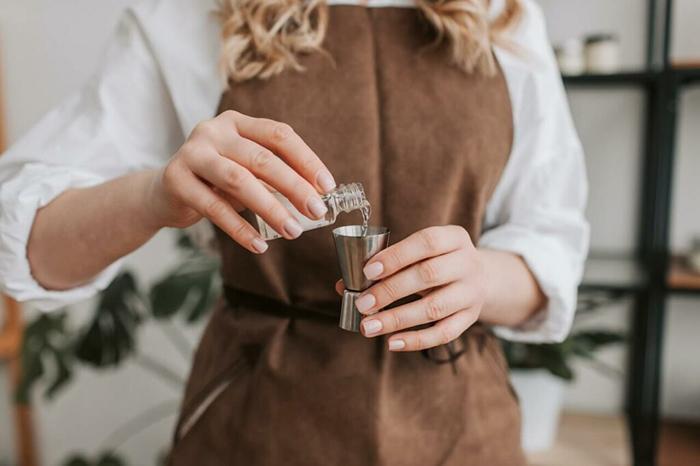
Standard shot pour (1.5 oz)
A standard shot pour on a jigger is typically 1.5 ounces, which is the most commonly used measurement in bartending.
This precise amount allows for consistency and accuracy when making cocktails or pouring spirits straight into a glass.
The jigger’s larger side is usually marked with this standard shot measure, making it easy to ensure you’re pouring the right amount every time.
Whether you’re crafting complex cocktails or simply enjoying your favorite spirit neat, knowing the standard shot pour on a jigger will help you create perfectly balanced drinks that are sure to please any alcohol enthusiast.
Pony shot pour (1 oz)
A pony shot pour on a jigger measures 1 oz of alcohol. This smaller measurement is commonly used in cocktails to create a subtler flavor or when you want to reduce the strength of a drink.
It’s also great for those who prefer lighter, less intense sips.
The pony shot pour allows bartenders and mixologists to precisely control the amount of alcohol added to each cocktail, ensuring consistency without overpowering the other ingredients.
So if you’re looking for a milder drink option, reach for the jigger with the 1 oz mark and enjoy!
Other common jigger pours
Here are some other common jigger pours that you may come across in the world of bartending:
- Half shot pour (0.75 oz): This measurement is commonly used when you want a smaller amount of liquor in a cocktail. It’s perfect for creating lighter, more delicate flavors.
- Three-quarter shot pour (1.25 oz): This pour falls between the standard shot and double shot measurements. It’s often used to add a bit more kick to cocktails without going all the way to a double.
- Double shot pour (3 oz): If you’re looking for a stronger drink or want to make a larger cocktail, a double shot pour is the way to go. It’s twice the size of a standard shot and can pack quite a punch.
- Wine pour (5 oz): Jiggers aren’t just for spirits! When serving wine, bartenders often use jiggers to ensure consistent portion sizes. A standard wine pour is around 5 ounces, but this can vary depending on personal preference.
- Martini pour (2.5 oz): A classic martini typically calls for two shots of liquor, making it a 2.5 oz pour. However, some variations may require different measurements, so always refer to your recipe.
- Signature cocktail pours: Some bars and mixologists have their own signature cocktails with unique measurements using a jigger. These specialty drinks allow bartenders to showcase their creativity and create an unforgettable drinking experience.
Conclusion
In conclusion, understanding the standard pours on a jigger is essential for any bartender or mixologist.
With precise measurements and techniques, a jigger ensures consistency in drink recipes and allows for accurate pouring.
Whether it’s a classic shot or a specialty cocktail, the standard jigger sizes and pour ratios play a vital role in creating perfectly balanced drinks for your enjoyment.
So next time you’re at the bar, raise your glass to the power of the jigger!
Sources: https://chesbrewco.com
Category: Wine


